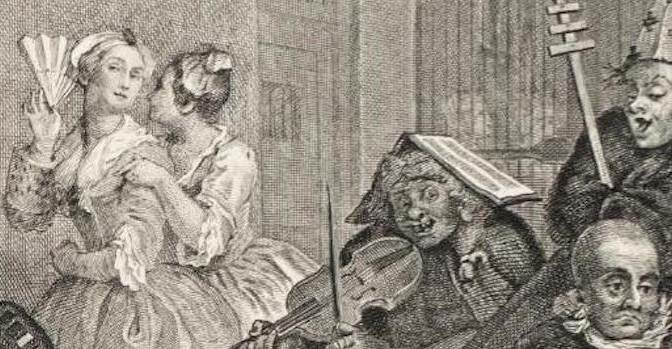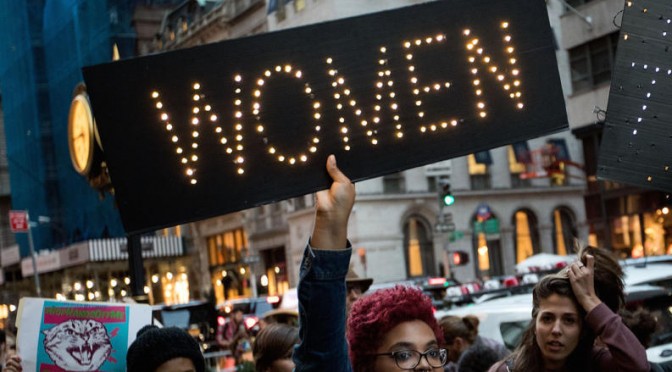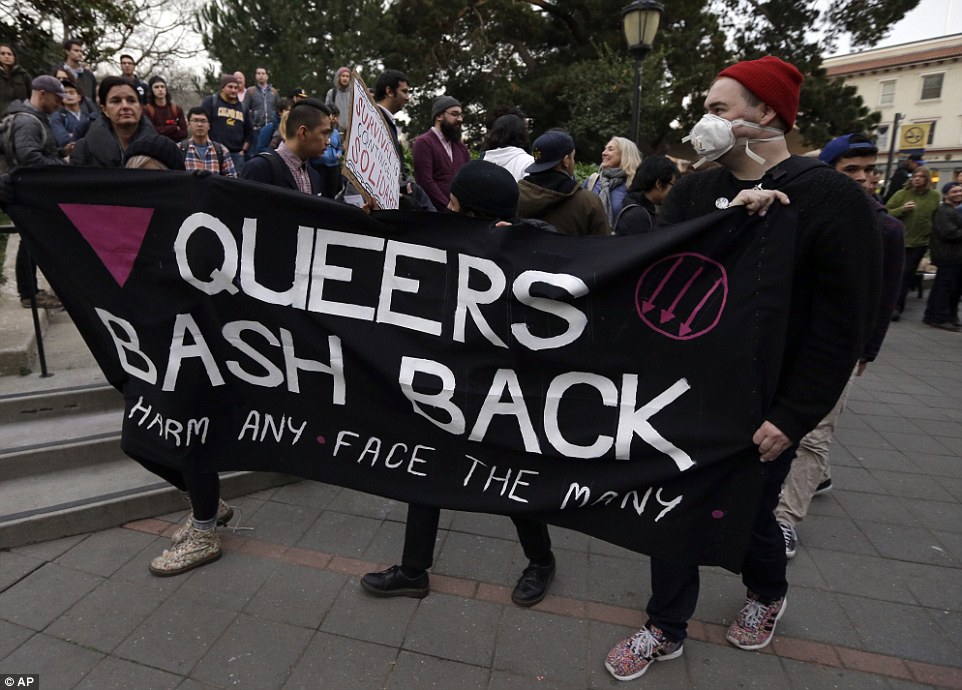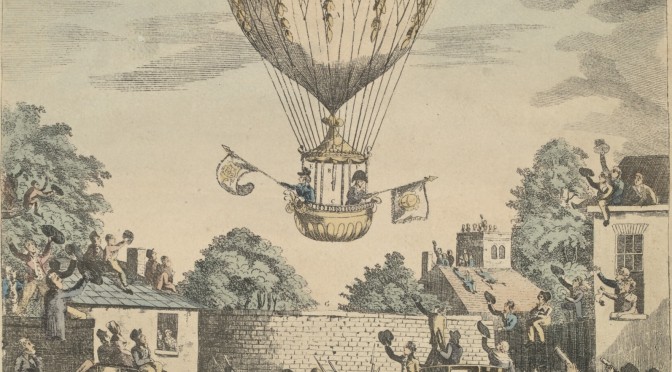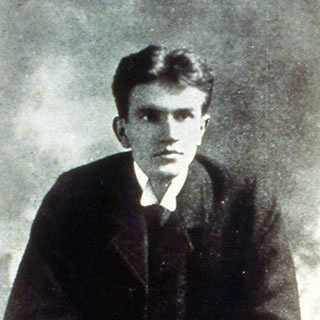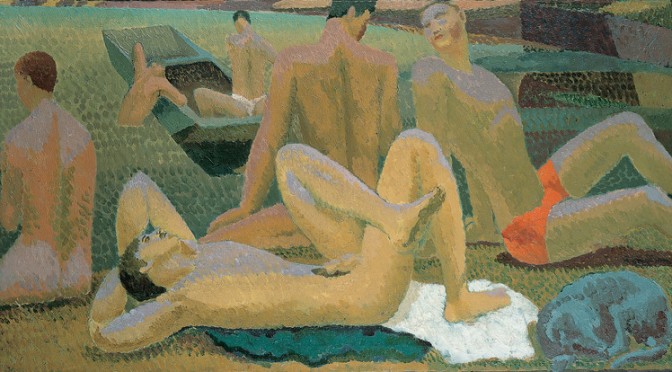William Burgess and Felicity H-Mackie of the MA 18th Century Studies course organised a conference in conjunction with the Centre for Enlightenment Studies, as an opportunity for 18th Century MA researchers from King’s and Queen Mary to discuss the first stages of their dissertations with students and staff. They share with us here their dissertation research journeys.
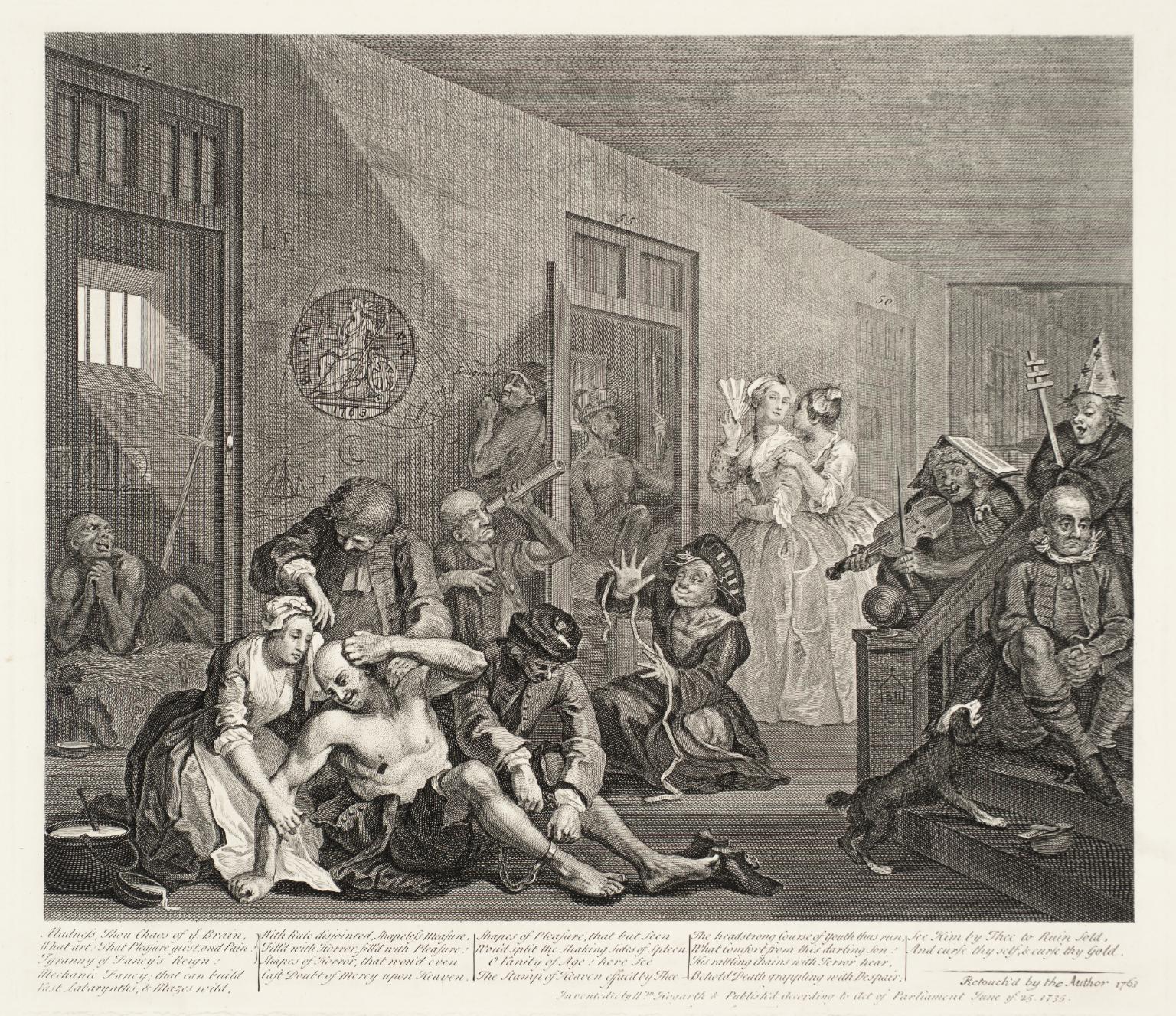
by William Burgess, MA 18th Century Studies
Like all good research journeys, my dissertation started with the discovery of a quotation that upended everything I thought I knew about literature.
Following my BA graduation, I spent the summer reading Samuel Johnson’s 1759 novel Rasselas. Aside from getting a lot of stick from my friends (most of whom were taking it easy with some crime fiction or re-reading Harry Potter) reading the novel revealed some unsettling complications to my idea of what literature means.
“If we speak with rigorous exactness, no human mind is in its right state. There is no man whose imagination does not sometimes predominate over his reason, who can regulate his attention wholly by his will […] all power of fancy over reason is a degree of insanity.”
Samuel Johnson is telling us that everyone, to some degree, is a bit ‘insane’. Not only that, but – as he goes on to insist – the act of writing fiction is by definition slightly mad.

